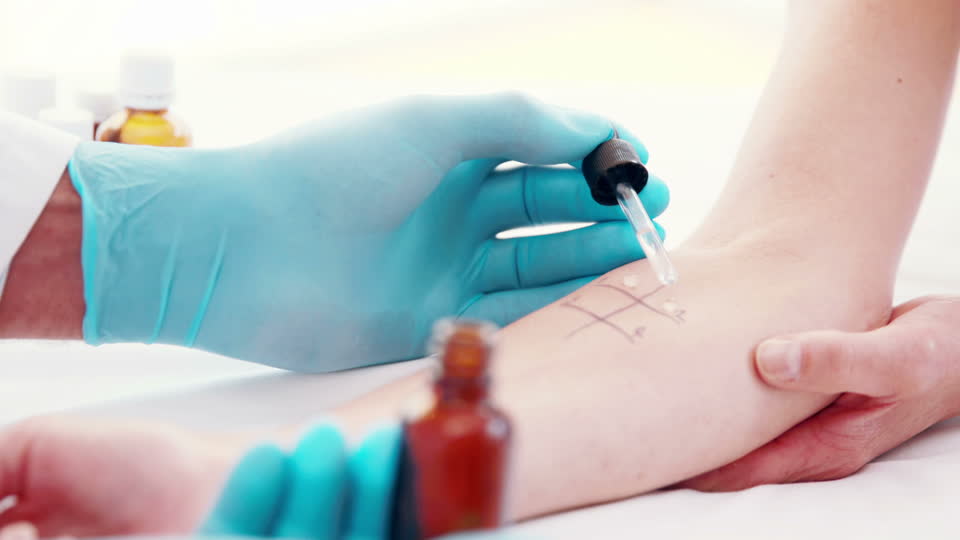Allergy skin tests are widely used to help diagnose allergic conditions, including:
- Hay fever (allergic rhinitis)
- Allergic asthma
- Dermatitis (eczema)
- Food allergies
- Bee venom allergy
- Latex allergy
Skin tests for allergic disorders have been used successfully for more than 100 years. Today, prick or puncture tests are commonly used by allergists as diagnostic aids. These tests are not very invasive and, for most allergens, they tend to produce quick results. If the results of prick or puncture tests are negative, they may be followed by intradermal tests, which give allergists more details about what’s causing the underlying symptoms.
Here is how both types of tests are given:
Prick/puncture: A diluted allergen is applied using a small, disposable plastic device to prick the surface of your skin.
Intradermal: Using a small and very thin needle, a diluted allergen is injected just below the skin surface.
After either type of test, the area of the skin is observed for about 15 minutes to see if a reaction develops. The “wheal”—a raised, red, itchy bump and surrounding “flare”—indicates the presence of the allergy antibody. The larger the wheal and flare, the greater the sensitivity.
Although skin testing may seem simple, it must be carried out by trained practitioners with an understanding of the variables and risks of the testing procedure.

